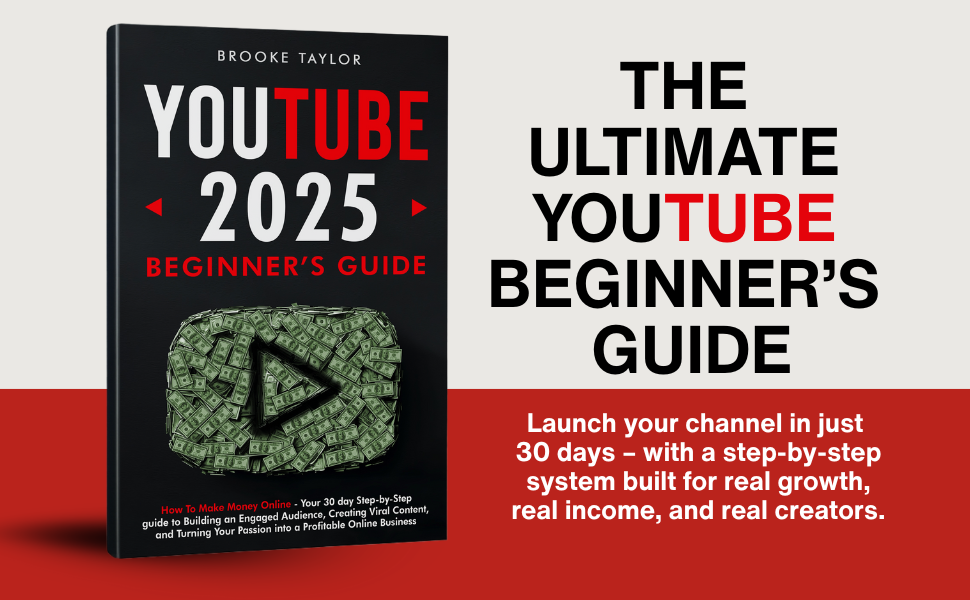How to Build a Digital Product Suite to 10x Member LTV (Step-by-Step)
Why I Stopped Selling One-Off Products
When I launched my first digital product, I was excited. The first few sales felt amazing—but then I hit a wall. After someone bought my eBook, that was it. No upsell, no ongoing revenue, no deeper transformation for my customers.
I realized that selling just one product meant I was leaving money on the table. Instead of making $20 from one customer, I could create a digital product suite that helped them at multiple stages of their journey. That’s when I learned about Member LTV (Lifetime Value)—the total revenue you earn from each member across all their purchases.
By building a product suite, I discovered how to 10x my LTV without chasing endless new leads. In this post, I’ll show you step by step how to do the same.
And if you want a platform to host all your products, courses, and community in one place, check out Skool.

Table of Contents
What Is a Digital Product Suite?
A digital product suite is a set of products designed to serve your members at different levels of their journey. Instead of one-off sales, you create a ladder of value.
For example:
- Entry-level product – An eBook, checklist, or template. ($10–$50)
- Core offer – A full course or membership. ($49–$199/month)
- Premium offer – Group coaching, masterminds, or certifications. ($500–$5,000+)
Each step solves a bigger problem, creates more transformation, and increases your Member LTV.
Why Member LTV Is the Metric That Matters
When I first started, I was obsessed with how many new sales I could make each month. But eventually, I realized:
- If a customer buys once, they might be worth $20 to me.
- If that same customer buys multiple products, stays in my membership for a year, and upgrades to premium coaching, they could be worth $2,000 or more.
That’s the power of 10x-ing LTV. It’s not about finding more people—it’s about helping existing members climb your value ladder.
Step 1: Start With Your Core Transformation
Every product suite begins with a clear transformation. Ask yourself:
- What is the main problem I solve?
- What outcome do my members want most?
- How can I break that into stages?
For me, my members wanted financial freedom through online education. That became the transformation everything was built around.
Step 2: Create an Entry-Level Product (The Doorway)
Your entry-level product should be:
- Low-cost and low-risk
- Quick to consume
- Packed with value so people trust you
Examples:
- A $19 eBook
- A $29 template bundle
- A $49 mini-course
This product brings people into your world. From there, you move them toward deeper solutions.
Step 3: Build Your Core Membership Offer
This is where recurring revenue comes in. A membership product combines:
- Courses – Structured learning to build skills
- Community – Accountability and support
- Coaching or events – Live calls or workshops
This is exactly what Skool was built for. You can host courses, run a community, and manage events—all under one roof.
For me, this was the turning point. Instead of chasing sales every day, I had predictable monthly income from members.
Step 4: Add Premium Offers for Your Best Members
Not everyone will buy premium offers—but the ones who do will massively boost your LTV. Premium products can include:
- Group coaching programs
- Masterminds
- Done-with-you services
- Certifications or licensing
These can range from $500 to $5,000+. Even if only 5% of your members upgrade, the impact on your revenue is huge.
Step 5: Create a Clear Customer Journey
Your suite should feel like a natural journey:
- Intro product solves a small pain point.
- Membership gives them ongoing tools, training, and support.
- Premium program delivers deep transformation.
Think of it as a staircase—each step prepares them for the next.
Step 6: Automate the Upsells
Automation makes this scalable. Here’s how I set it up:
- Deliver the entry product → invite them to join my membership.
- Inside the membership → showcase premium coaching as the next step.
- Use email sequences and Skool announcements to guide members forward.
No pushy sales—just natural progression.
Step 7: Measure and Optimize LTV
To know if your product suite is working, track:
- Average revenue per member
- Retention (how long members stay)
- Upgrade rates to premium offers
Example:
- Entry eBook: $19
- Membership: $49/month x 12 months = $588
- Premium coaching: $2,000
That’s $2,607 LTV from one member, compared to $19 if I only sold the eBook.
Mistakes to Avoid When Building a Suite
- Creating too many random products with no clear journey.
- Underpricing premium offers out of fear.
- Failing to deliver quick wins at the entry level.
- Ignoring retention—churn kills LTV.
FAQs About Product Suites & LTV
Q: Do I need to launch all products at once?
No. Start with one product, then layer others in.
Q: What’s better—low-ticket or high-ticket?
Both. Low-ticket brings people in, high-ticket boosts LTV.
Q: Can I do this without being techy?
Yes. Tools like Skool make it simple to launch products, host a community, and grow without needing complicated setups.
Conclusion: Build Once, Earn for Years
If you only sell one product, you’re constantly chasing new customers. But when you build a digital product suite, you create a system where members stay, grow, and buy more over time.
That’s how you 10x your Member LTV.
Start with one small product, launch your membership, then add premium offers as you grow. The journey builds itself.
To keep everything simple, I recommend using Skool to host your suite. It has the courses, community, and coaching tools you need in one platform.






